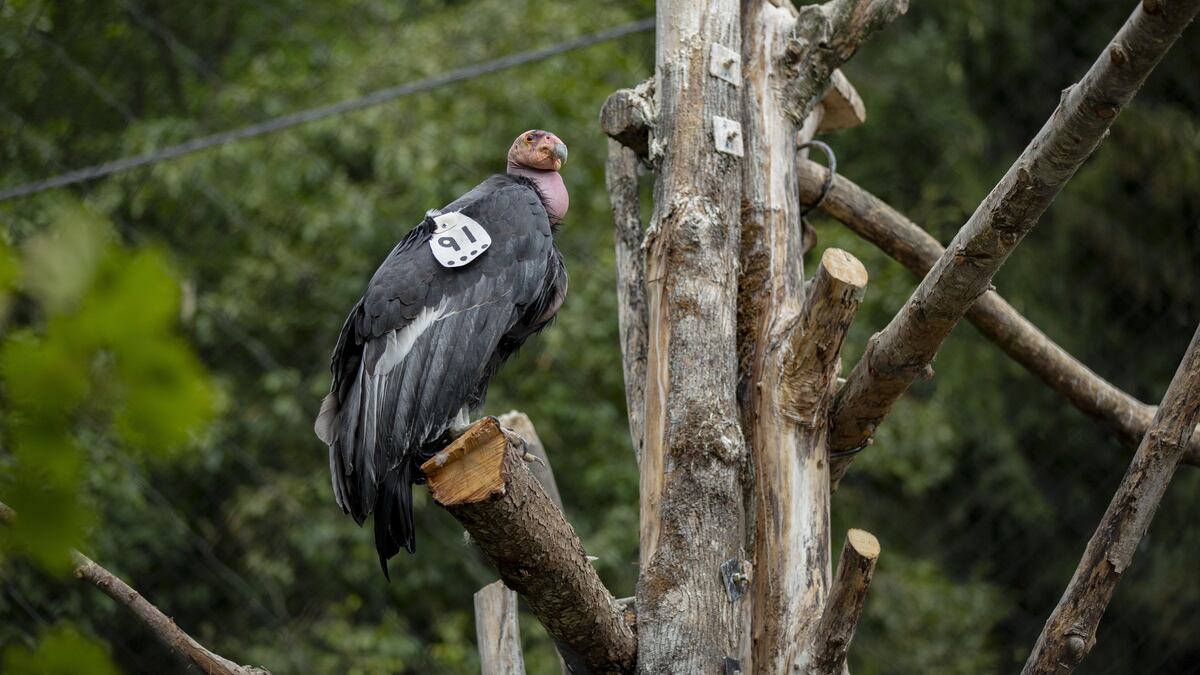Hydrophilic
Well-known member

California condors to return to Northwest skies after 100-year absence
The Yurok Tribe of Northern California has worked for decades to return California condors to the Pacific Northwest. They hope to release their first birds this fall.
www.opb.org
Exciting news in my opinion. More big news for the Yurok tribe which will also see the Klamath dams removed in the near future if everything goes according to plan.






